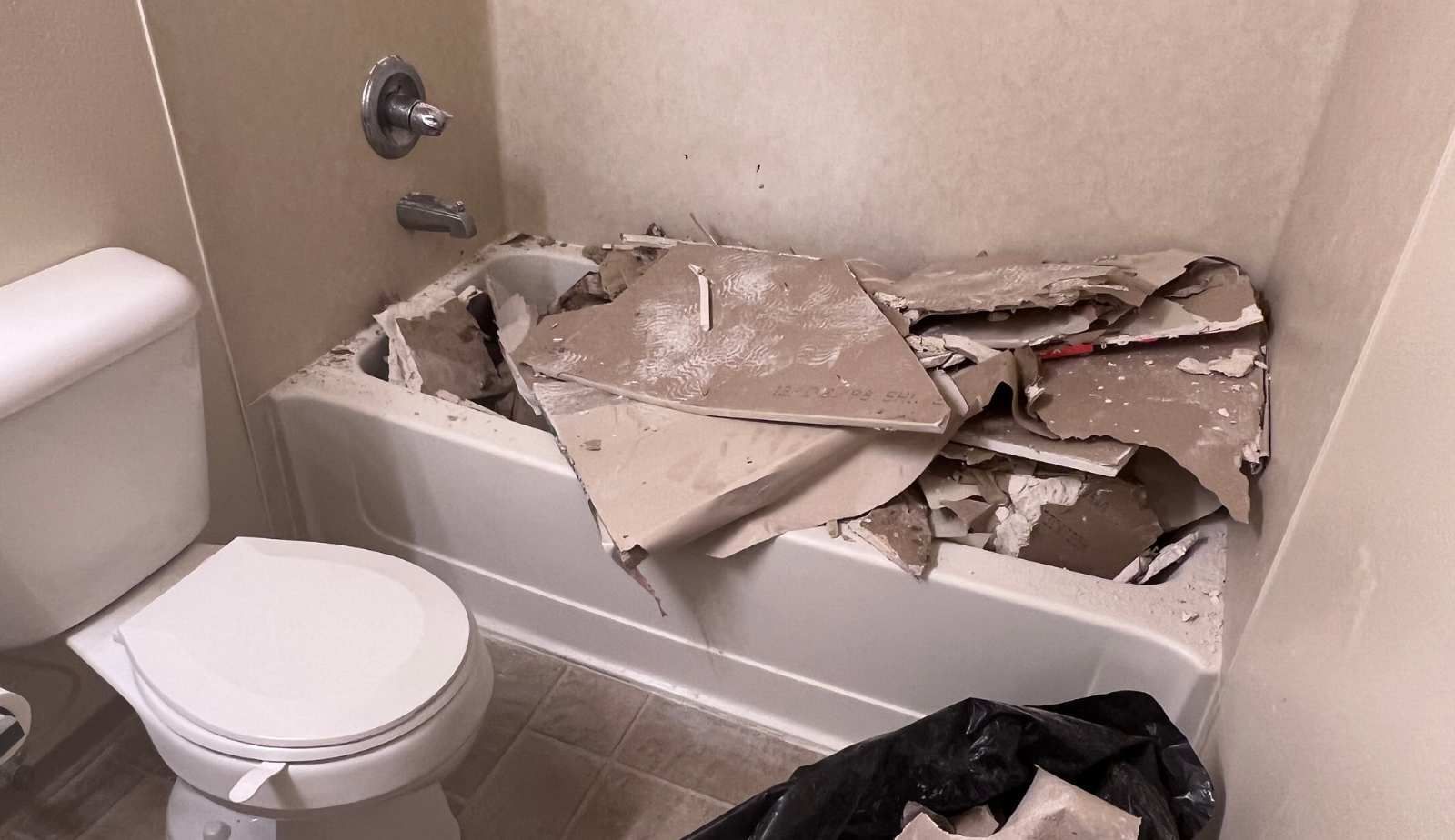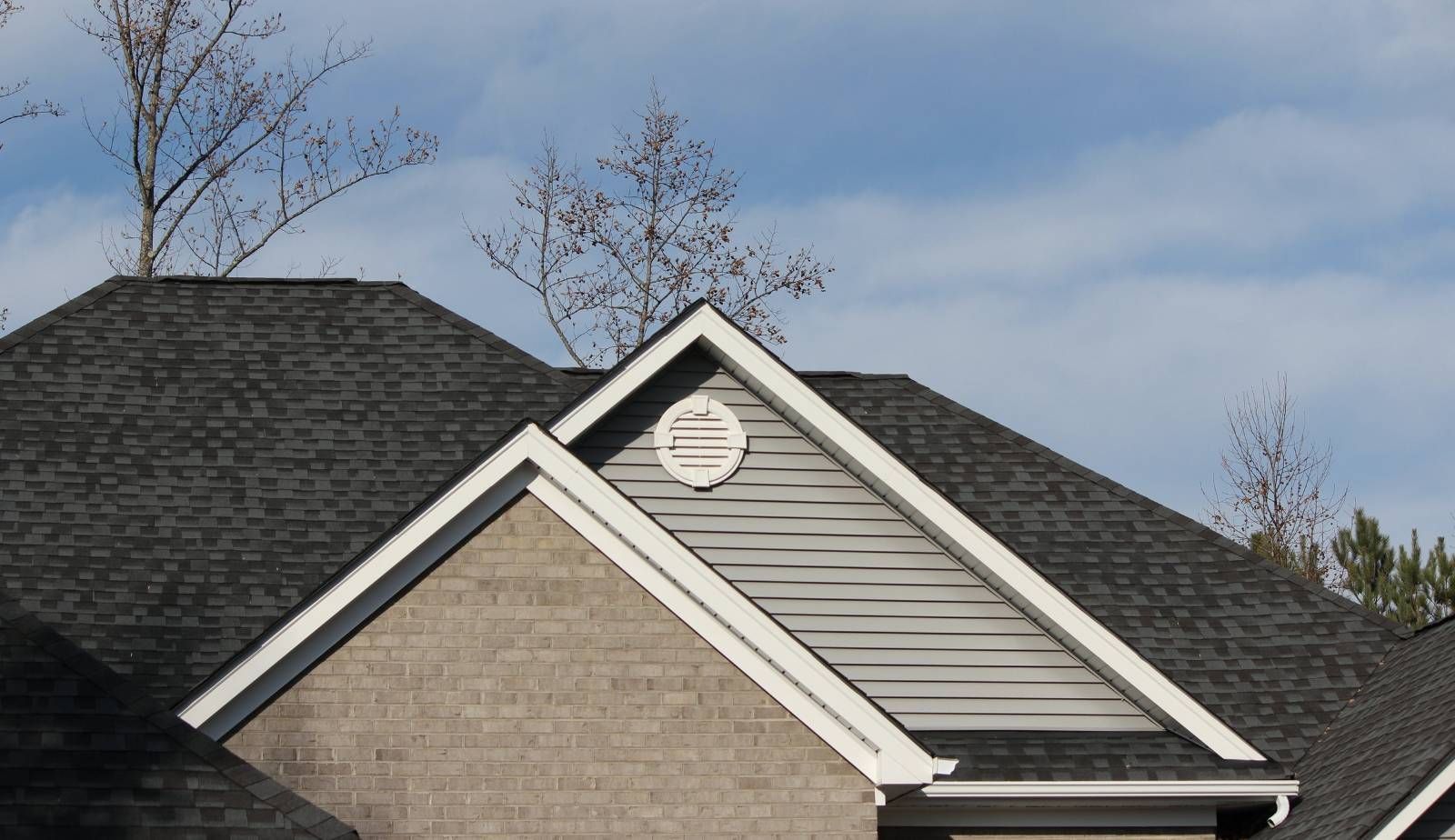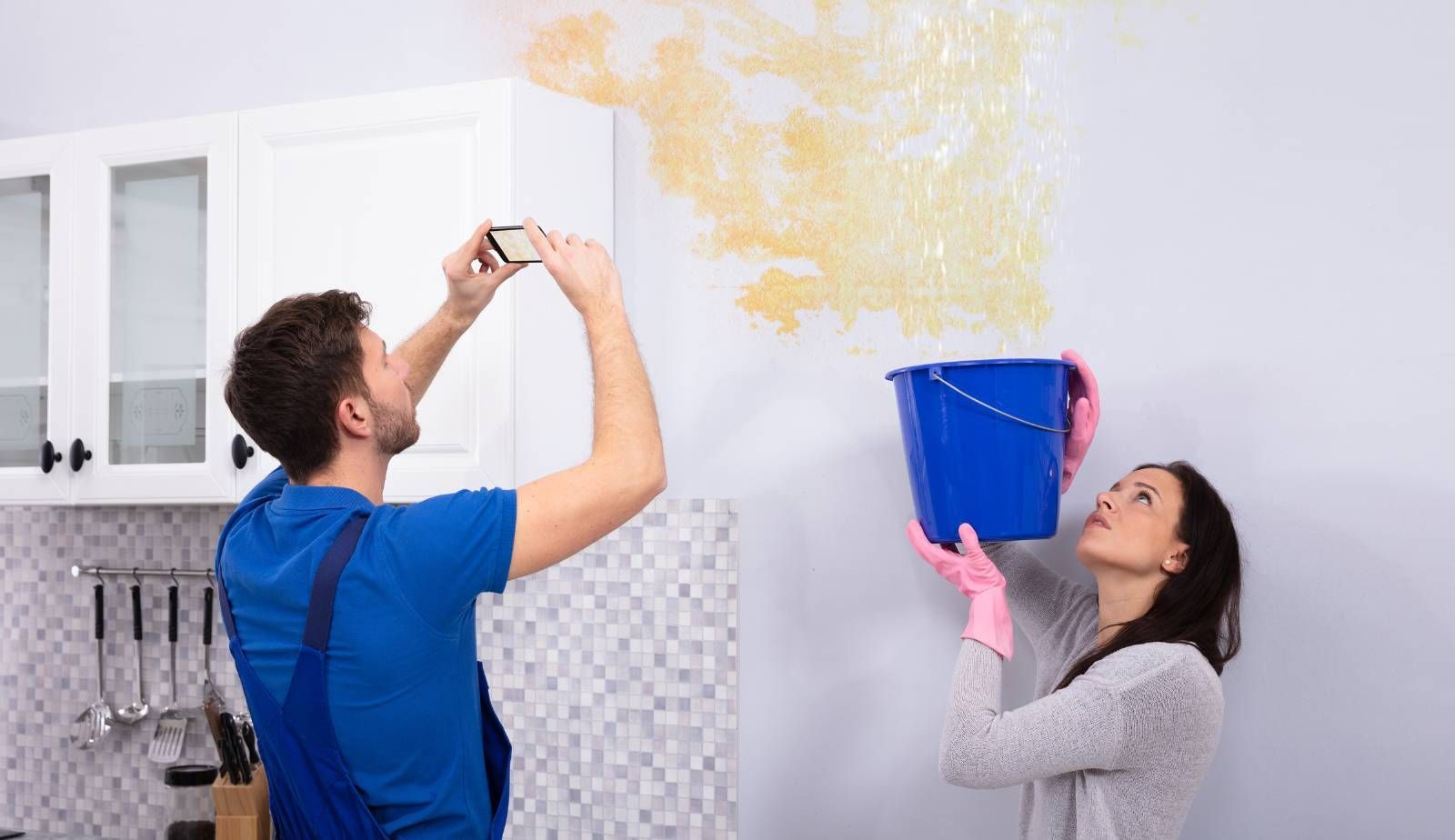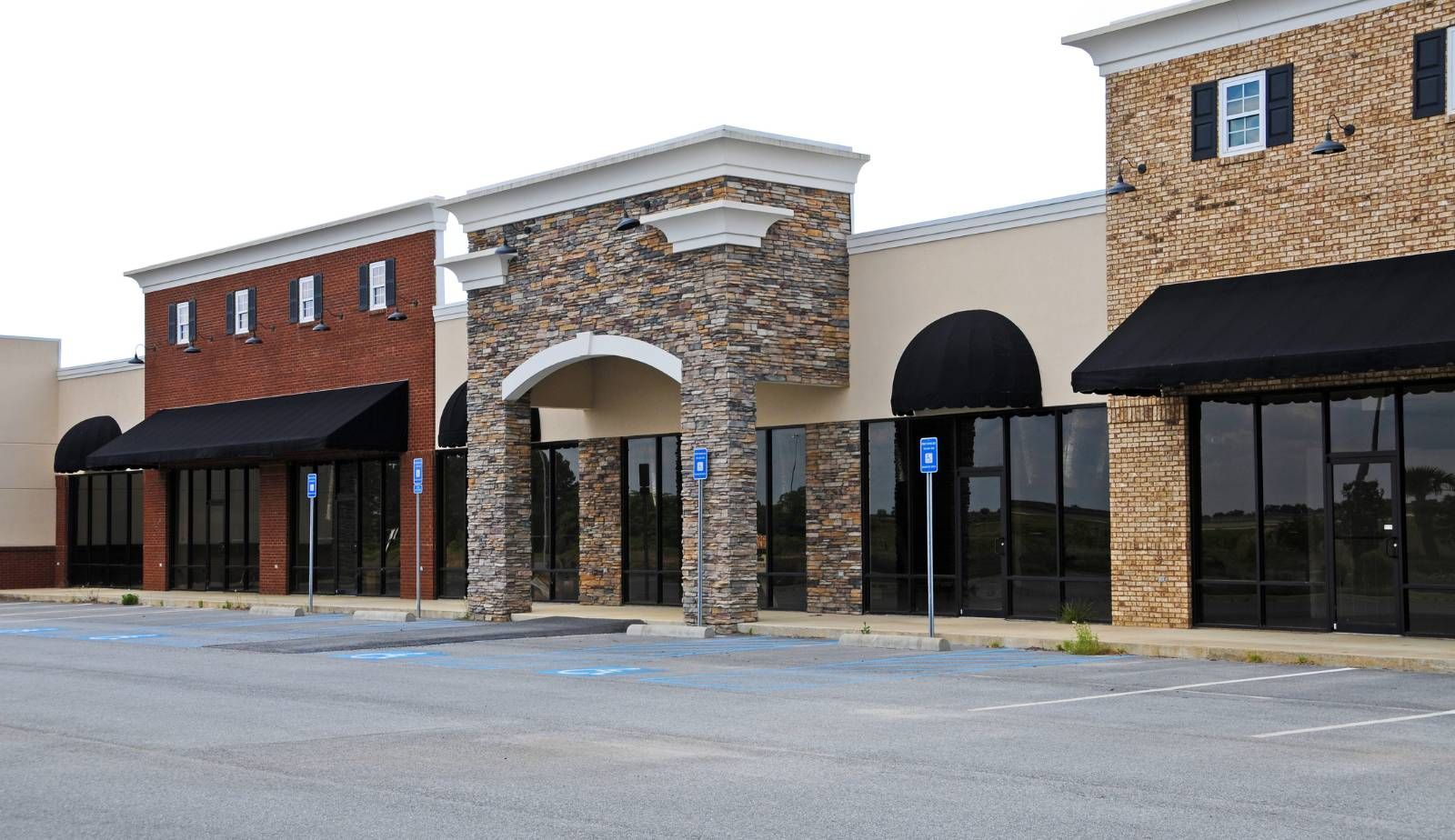Steps to Take When You Find a Water Leak in Your Louisiana Home: Expert Advice from DryMax Restoration
A water leak in a Louisiana home can lead to significant damage if not addressed promptly.
This situation often raises immediate concerns about property loss and costly repairs. Understanding the essential steps to take when discovering a leak can protect both the home and its occupants.
Identifying the source of the leak is crucial before engaging professional help. Homeowners can monitor their water bill, check water levels in toilets, and look for visible signs of moisture or mold. In Louisiana, where humidity levels are high, detecting leaks early can prevent further complications.
Once a leak is identified, contacting a restoration professional, like DryMax Restoration, can provide expert guidance. They can assess the damage and recommend the best course of action to minimize further issues. Having a clear plan in place is key to restoring the home effectively.
Identifying a Water Leak in Your Home
Recognizing a water leak early can save homeowners significant time and money. Understanding the indicators of leaks, analyzing water usage, and employing professional services are essential steps in effective leak detection.
Warning Signs of Water Leaks
Homeowners should watch for several key signs of water leaks. Stains on walls or ceilings often indicate moisture intrusion. These stains can vary in color, typically appearing yellow or brown. Additionally, bubbling or peeling paint may suggest hidden water damage.
Mold growth is another critical warning sign, as it thrives in damp conditions. Any musty odors in the home can further signal moisture presence. Homeowners should also listen for unusual sounds, such as dripping or running water when all faucets are off.
Lastly, keep an eye on the water bill. A sudden increase without a corresponding change in usage can indicate a leak. Homeowners need to act quickly when these signs appear.
Water Meter and Bill Analysis
A water meter can be an invaluable tool for identifying leaks. First, homeowners should ensure that all water-using appliances are off, including toilets and hoses. Once everything is turned off, they can take an initial reading of the water meter.
After waiting one hour, a second reading should be taken. If the meter has moved, it likely indicates a leak somewhere in the home.
In addition to monitoring the meter, homeowners should review their water bills regularly. A sharp increase in water usage can be a sign of undetected leaks. Comparing current bills to previous months can provide insight into potential leaks.
Using Leak Detectors for Early Detection
Leak detectors are becoming increasingly popular for early leak detection. These devices can be placed in areas prone to leaks, such as under sinks, near water heaters, and around toilets.
Many modern leak detectors have advanced features like smart technology, allowing them to send alerts to homeowners' smartphones. This immediate notification can prompt quick action to address any leaks before they worsen.
When choosing a leak detector, consider options with moisture sensors and alarms. Some devices even monitor water usage patterns, helping homeowners identify unusual spikes that may indicate a leak. Using these tools can enhance a homeowner's ability to detect leaks early.
Professional Leak Detection Services
When leaks are suspected but not visibly identifiable, homeowners may need to consult professional leak detection services. These experts use advanced techniques to locate leaks that may be hidden behind walls or underground.
Professionals often utilize acoustic listening devices and thermal imaging to find leaks without causing damage to property. They can also conduct a comprehensive assessment of a home's plumbing and offer solutions for repairs.
Hiring a professional can save homeowners from unnecessary stress and costly repairs down the line. Investing in expertise ensures that any leak is accurately located and efficiently addressed, protecting the integrity of the home.

Immediate Steps to Take After Discovering a Leak
Acting quickly upon discovering a water leak is crucial to minimize damage and ensure safety. The following steps outline what should be done immediately to address the leak effectively and prepare for repairs.
Shutting Off the Water Supply
The first action to take is to locate the nearest shut-off valve. This valve is typically found near the water meter or where the main water line enters the home. Turning off this valve stops the flow of water and helps prevent further water damage.
If the leak is in a specific appliance, like a washing machine or water heater, it may have its own shut-off valve. For emergencies, knowing how to quickly find and operate these valves can save property from extensive damage.
In cases where the main valve is inaccessible or malfunctioning, the homeowner may need to contact the local water service provider for assistance.
Preventing Further Water Damage
Once the water supply is shut off, it is essential to prevent additional damage from any standing water. This can involve removing furniture and belongings from the affected area. If safe, the use of towels or a wet/dry vacuum can help clear standing water.
For leaks located within walls or ceilings, it’s important to monitor for any signs of structural damage. Homeowners should also check for damp spots or discoloration on walls, as these could lead to mold growth over time. Prolonged moisture can cause significant property damage, so addressing any active leaks is vital.
Documenting the Damage for Claims
Documentation is key for any insurance claims process. Homeowners should take clear photos of all affected areas, including appliances, floors, and walls. This evidence can be critical for insurance adjustments related to home water damage.
Any repairs made should also be recorded, including the date and type of work undertaken. It is advisable to keep receipts for repair services as proof of costs incurred. Presenting thorough documentation can aid in efficiently processing claims and ensure that the homeowner receives proper compensation for property damage.
Understanding the Risks of Water Leaks
Water leaks pose significant risks that extend beyond immediate damage. It is essential to address these issues promptly to mitigate their impact on both property and health.
Structural Integrity and Mold Growth
Water leaks can severely compromise the structural integrity of a home. Moisture buildup can weaken walls, ceilings, and floors, leading to potential collapses. Over time, untreated leaks may cause wood rot, which undermines essential supports within the structure.
Mold growth is another critical concern. Mold spores thrive in damp environments, making leaky areas ideal breeding grounds. If mold spreads, it can damage building materials and lead to costly repairs. Timely detection is crucial as it can minimize these risks and preserve the home’s overall stability.
Health Risks from Moisture and Mold
Moisture accumulation from leaks creates an environment conducive to health risks. Prolonged exposure to dampness can lead to respiratory issues, allergies, and other health problems. Individuals may experience symptoms such as coughing, sneezing, or eye irritation due to mold exposure.
Certain types of mold, like black mold, can be particularly harmful. It releases mycotoxins, which may cause severe reactions in sensitive individuals. Ensuring a dry environment is vital for health and safety, especially in homes with vulnerable occupants such as children or the elderly. Addressing water leaks promptly is essential not only for property preservation but also for protecting the well-being of those living there.

DryMax Restoration Services Overview
DryMax Restoration provides comprehensive services tailored to address water damage issues in Louisiana homes. Their focus includes effective restoration processes and advanced techniques designed to restore properties quickly and safely.
Water Damage Restoration Process
The water damage restoration process at DryMax Restoration follows a structured approach. Initially, they conduct a thorough inspection to assess the extent of the damage. Identifying the source of the leak is crucial for effective repair.
Next, their team implements water extraction techniques to remove standing water swiftly. This step minimizes lasting damage to walls, flooring, and belongings. After extraction, DryMax employs advanced drying methods to ensure all moisture is removed.
Finally, the team conducts a detailed cleaning and sanitization process. This helps prevent mold growth and maintains a healthy living environment for homeowners. Throughout the process, communication with the homeowner remains a priority to ensure transparency and address any concerns.
Advanced Techniques for Water Leak Repair
DryMax Restoration utilizes advanced techniques to effectively manage water leak repair. They are equipped with state-of-the-art tools, including moisture meters and thermal imaging cameras, to accurately identify hidden leaks and assess moisture levels in various materials.
The team also employs specialized drying equipment that accelerates the evaporation of moisture. These tools not only speed up the restoration process but also help prevent secondary damage, such as mold growth.
In addition, DryMax Restoration emphasizes continuous training for its staff in the latest water damage restoration trends. This commitment to improvement ensures they deliver the best possible service to homeowners throughout Louisiana.
Common Causes of Home Water Leaks
Water leaks in homes can stem from several significant sources. Understanding these causes is crucial for homeowners, especially in areas prone to heavy rainfall and flooding like Louisiana.
Plumbing Issues and Appliance Failures
Plumbing leaks are among the most common culprits of water damage. Old pipes, especially those made from galvanized steel, can corrode and develop leaks over time.
Toilets are another frequent source, with leaks often occurring from worn seals or damaged tanks. Homeowners should regularly check for signs of toilet leaks, such as excessive water usage or water pooling around the base.
Appliances like washing machines and dishwashers can also contribute to moisture issues. Worn out seals or hoses may lead to leaks that can go unnoticed until significant damage occurs.
Regular maintenance and prompt repairs are essential to manage these plumbing and appliance-related issues effectively.
Environmental Factors and Louisiana Climate
Louisiana's unique climate introduces additional factors contributing to water leaks. The state experiences heavy storms and flooding that can affect roofing and plumbing systems.
Leaky roofs are particularly problematic, often resulting from aging shingles or improper installation. During storms, driving rain can infiltrate even small gaps, leading to interior water damage.
High humidity levels can also cause condensation to form on pipes, which may eventually drip and create issues. Homeowners should consider dehumidifiers in particularly damp areas to mitigate this.
Recognizing these environmental factors empowers homeowners to take preventive measures against water leaks.

Long-Term Strategies to Prevent Water Leaks
Implementing effective long-term strategies is essential for preventing water leaks in homes. Regular maintenance, infrastructure improvements, and smart technology can significantly reduce the risk of leaks, ensuring a safer environment.
Regular Maintenance and Inspections
Routine maintenance is vital for identifying potential issues before they escalate. Homeowners should schedule regular plumbing inspections, checking for signs of wear in pipes and fixtures.
Key areas to inspect include:
- Pipes: Look for corroded sections or visible leaks.
- Faucets and Toilets: Monitor for drips and running water.
- Appliances: Inspect hoses and connections on washing machines and dishwashers.
Maintaining water pressure within recommended levels helps prevent pipe stress. Ideally, home water pressure should stay between 40-60 psi. Too high pressure can lead to leaks, while too low pressure may indicate other plumbing issues.
Enhancing Home Infrastructure
Improving home infrastructure can play a vital role in leak prevention. Homeowners should consider upgrading outdated plumbing systems, especially in older homes.
Key upgrades include:
- Replacing Old Pipes: Swapping out galvanized pipes for modern materials like PEX or copper significantly reduces leak risks.
- Utilizing Proper Drainage: Installing French drains redirects excess water from the foundation, preventing leaks and flood-related damage.
- Humidity Control: Incorporating dehumidifiers or proper ventilation can reduce moisture buildup, minimizing the potential for mold and leaks.
Regularly clearing drains and gutters also prevents water buildup around the home. This is crucial in humid regions like Louisiana, where stagnant water can lead to leaks.
Smart Home Devices for Leak Prevention
Smart home technology offers innovative solutions for leak prevention. Homeowners can invest in smart water sensors that alert them to leaks early. These devices are often placed near appliances and plumbing fixtures to monitor for moisture.
Benefits of smart devices include:
- Real-Time Monitoring: Users receive instant notifications on their smartphones when leaks are detected.
- Automated Shut-Off Valves: Some systems can automatically shut off the water supply during a leak, preventing extensive damage.
- Water Usage Tracking: Monitoring daily water use helps identify anomalies, potentially signaling leaks.
Integrating smart technology not only improves leak prevention but also enhances overall home management. This technology provides peace of mind, especially for those frequently away from home.
Handling Repairs and Renovations
Addressing a water leak quickly is essential for preventing further damage. Homeowners must decide whether to tackle repairs themselves or seek professional help. The severity of the leak and the extent of the damage will significantly influence this decision.
DIY vs. Professional Repairs
For minor issues such as a dripping faucet or small leaks from fixtures, homeowners may choose to handle repairs independently. Simple tasks like tightening connections or replacing washers can often solve the problem without professional assistance.
However, repairing leaky pipes generally requires more expertise. For example, if a homeowner notices significant water stains on ceilings or walls, it may indicate a hidden issue that is more complex. In cases where the source of the leak is challenging to locate or repair, hiring a licensed plumber is advisable. Professionals have the tools and experience to address problems such as mold growth or extensive plumbing damage.
When to Consider Home Renovation
Home renovations might be necessary when leaks have caused extensive damage to fixtures, walls, or cabinetry. If a homeowner identifies damp spots that suggest prolonged exposure to water, it may be time for an upgrade.
For instance, replacing water-damaged drywall or flooring can prevent health risks posed by mold. Additionally, if homeowners find that existing plumbing is outdated or frequently causing issues, investing in a renovation could be more economical in the long run.
Ultimately, the decision should balance immediate repair needs with the potential for future improvements to the home’s integrity and value.

Improving Home Ventilation and Humidity Control
Effective ventilation and humidity control are crucial for maintaining a healthy home environment, especially in humid Louisiana. Proper systems can mitigate moisture problems, improving air quality and comfort.
Dehumidifiers and Air Conditioners
Dehumidifiers play a vital role in managing indoor humidity, particularly in areas prone to dampness. They work by drawing in moist air, removing the excess water, and releasing drier air back into the environment. This can be especially effective in basements, bathrooms, and kitchens where humidity levels often spike.
Air conditioners also contribute to humidity control by cooling the air and removing moisture as part of their process. A well-maintained air conditioning unit can help prevent the growth of mold and mildew, which thrive in high humidity. For optimal performance, regular filter changes and system check-ups are essential.
Sealing Windows and Adding Ventilation Systems
Sealing windows is a fundamental step in preventing humidity infiltration. Uneven seals can allow warm, moist air to enter and cool air to escape, creating an ideal environment for mold growth. Homeowners should inspect caulking and weatherstripping regularly and address any gaps promptly.
Incorporating ventilation systems enhances air circulation, critical in high-humidity conditions. Exhaust fans in bathrooms and kitchens can help expel excess moisture. Whole-house ventilation systems can also balance incoming and outgoing air, facilitating a fresh, dry atmosphere, crucial for maintaining comfort and structural integrity in a Louisiana home.
Frequently Asked Questions
Homeowners often have specific concerns when dealing with water leaks. Addressing these questions can help clarify processes and improve outcomes.
How can I identify the source of a water leak in my home?
To identify a water leak, homeowners should start by inspecting visible plumbing fixtures, such as faucets and pipes. Checking for water stains on walls and ceilings can provide clues. Monitoring water levels in toilets and water heaters may also reveal hidden leaks.
What steps should I take immediately after detecting a water leak?
Upon detecting a leak, homeowners should first shut off the main water supply to prevent further damage. Next, they should assess the extent of the leak and move any valuables away from the affected area. Calling a professional restoration service, like DryMax Restoration, ensures that the leak is addressed promptly and effectively.
Which water damage restoration services are available in Louisiana?
In Louisiana, a variety of water damage restoration services are available, including emergency water extraction, drying, and dehumidification. Companies like DryMax Restoration offer comprehensive assessments and repairs. They also handle mold remediation and other factors related to water damage.
How long does it typically take to dry out a home after significant water ingress?
The drying time for a home after significant water ingress can vary widely based on factors such as the extent of the damage and environmental conditions. Generally, it may take anywhere from 24 to 72 hours for a home to dry completely. Professional equipment can expedite this process.
What should I document for insurance purposes after a water damage incident?
For insurance claims, homeowners should document the damage thoroughly. Taking photographs of affected areas and items is crucial. Keeping receipts for repairs and expenses related to the incident can also facilitate the claims process with insurance providers.
Are there any risks of mold development after a water leak, and how can it be prevented?
Yes, mold can develop rapidly in damp conditions, particularly within 24 to 48 hours after water exposure. To prevent mold growth, it is important to act quickly by drying out affected areas and maintaining low humidity levels. Utilizing professional remediation services can further reduce the risk of mold-related issues.
You might also like
DryMax Restoration Blogs




